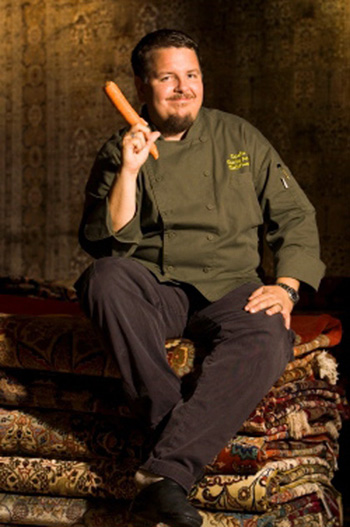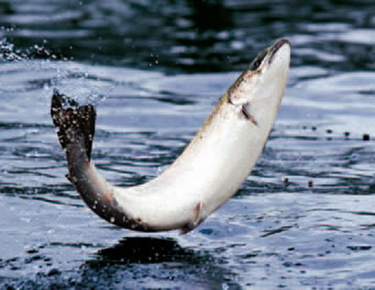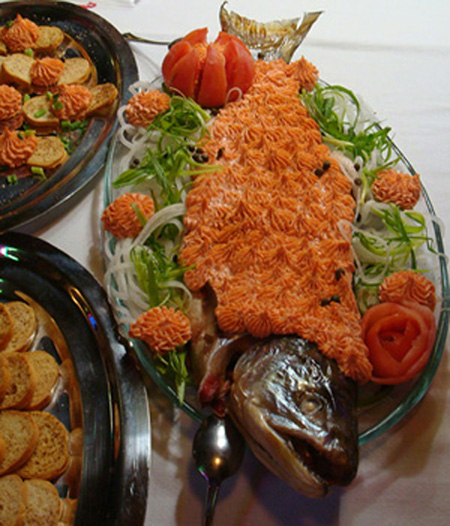
CORDOVA, Alaska — How spectacular is the salmon here?
Allow me to let Regan Reik, executive chef of Pier W restaurant in Lakewood, OH, answer that. Reik was one of three chefs who created the magnificent 5-course dinner ($50) spotlighting Copper River salmon at the Reluctant Fisherman Inn’s July 12 gala event. Like me, Reik has tasted salmon before in the lower 48, but this was his first time — and mine — to Alaska.
His summation: “The fish from the Copper River is the best damn fish I ever had.”
Indeed, it is. Brilliant pink-orange, buttery flesh with a rich flavor that just fills your mouth.
Reik, who has cooked at Alain Ducasse in New York, had help with the dinner from chef Jeremy Storm, a Vermont native who fell in love with Alaska and now cooks in Juneau and Cordova; and fellow Ohio chef Dominic Cerino, who learned the art of sausage making alongside Mario Batali’s father, Armandino.
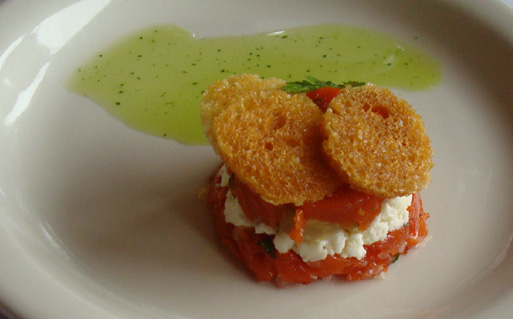
Cerino created the dinner as if “you’d had a salmon run in Italy.” Indeed, his family recipe for pillowy spinach gnocchi with goat cheese fondue was capped off by a sprinkling of Copper River salmon caviar that had been smoked to add an unexpected depth. He and Reik also spotlighted salmon in a robustly-flavored sausage made with Cerino’s house-cured guanciali; and in a beautiful tartare parfait with house-made ricotta.
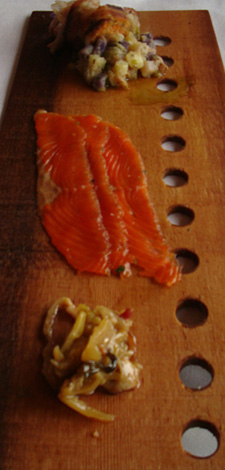
The chefs had sent a list ahead of time of the provisions they would need. But with only one delivery of produce a week here by plane, and Cordova’s cool, misty weather not conducive for growing much at all, they ended up scrounging for a few key things at the last minute.
But that’s where the generosity and kindness of the town came into play. No kimchee brine to be found in the two main grocery stores in town? No problem. Walk into the “Oriental gifts and jewelry” store and a kind Vietnamese-American woman there will hand over just the needed amount from her own home refrigerator. No rhubarb delivered? The friendly neighbor in town with the organic yard will let you cut just what you need to make your gelato. Amazed by the smoked salmon caviar? The guy who makes it will give you his last jar at no charge just so you can use it for your special dinner.
“It’s that mentality that made us fall in love with the community,” Reik says.
Before the professionals got to strut their stuff, the locals got in on the act. At the salmon cook-off, 18 contestants brought their best dishes forward for tasting by judges that included yours truly. There was everything from salmon tamales to sweet-spicy Thai salmon cakes to salmon mulligatawny soup. Winners included perfectly grilled salmon with fruit salsa, and a show-stopping salmon mousse piped fancily in rosettes over a whole salmon.
If all this talk of salmon is getting you hungry, there’s no better time than now to try this easy salmon recipe from “The New Alaska Cookbook” (Sasquatch Books), which was written a few years ago by noted New York Times food writer, Kim Severson.
Barbecued Salmon
Read more

